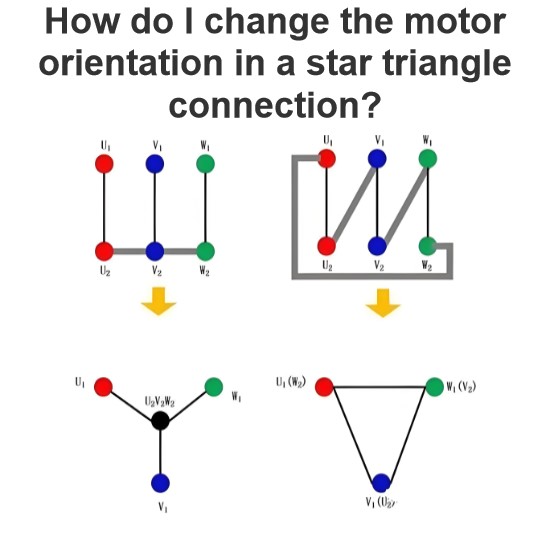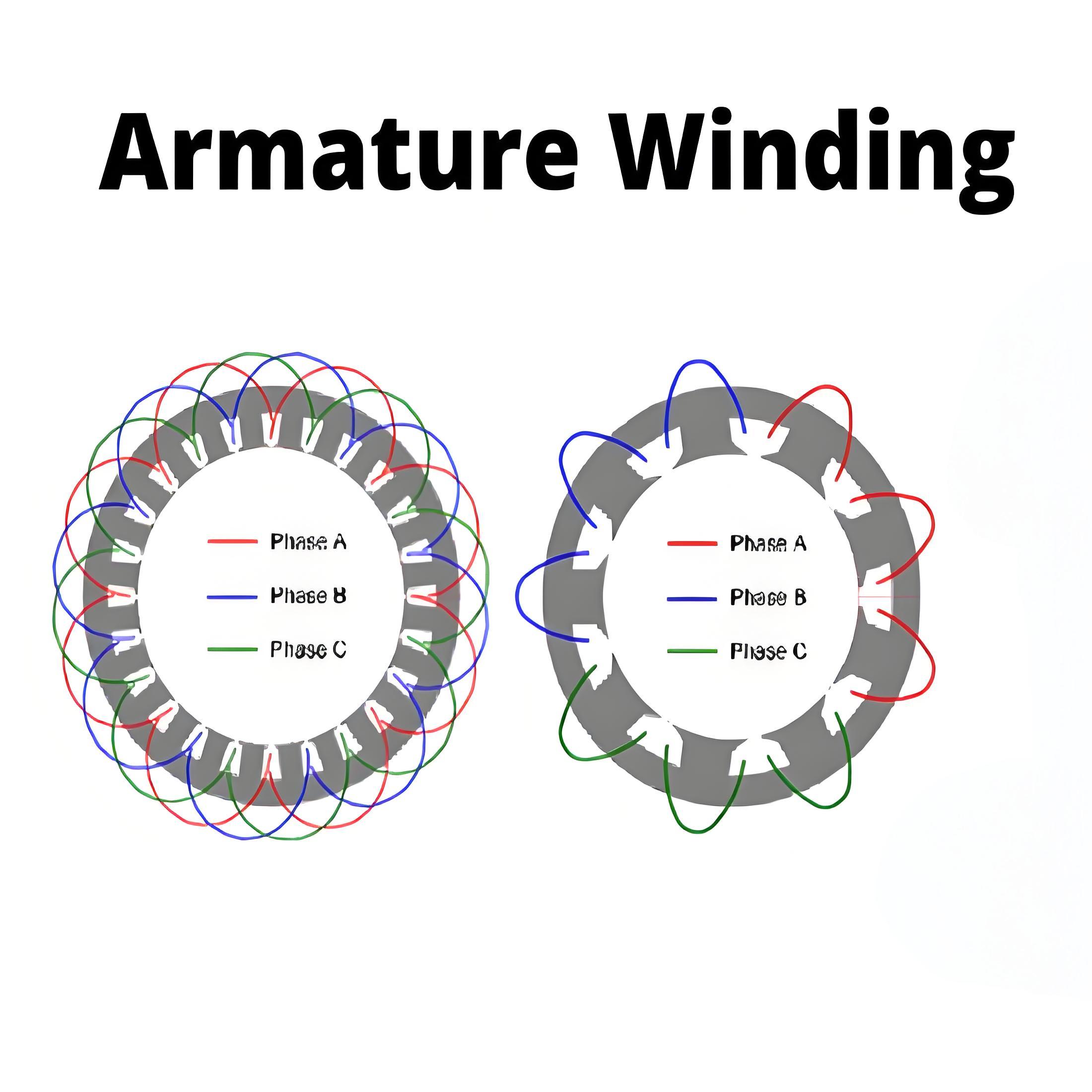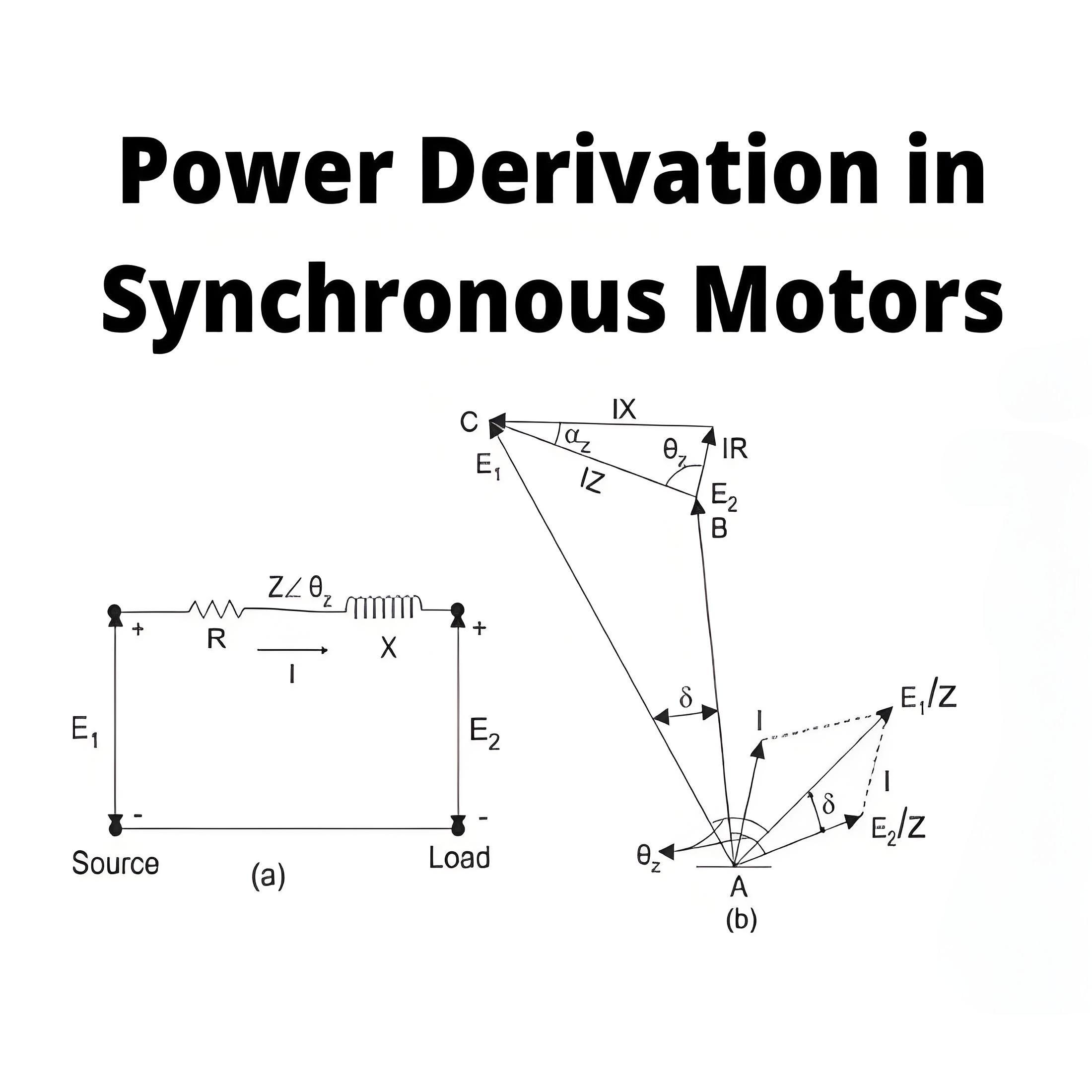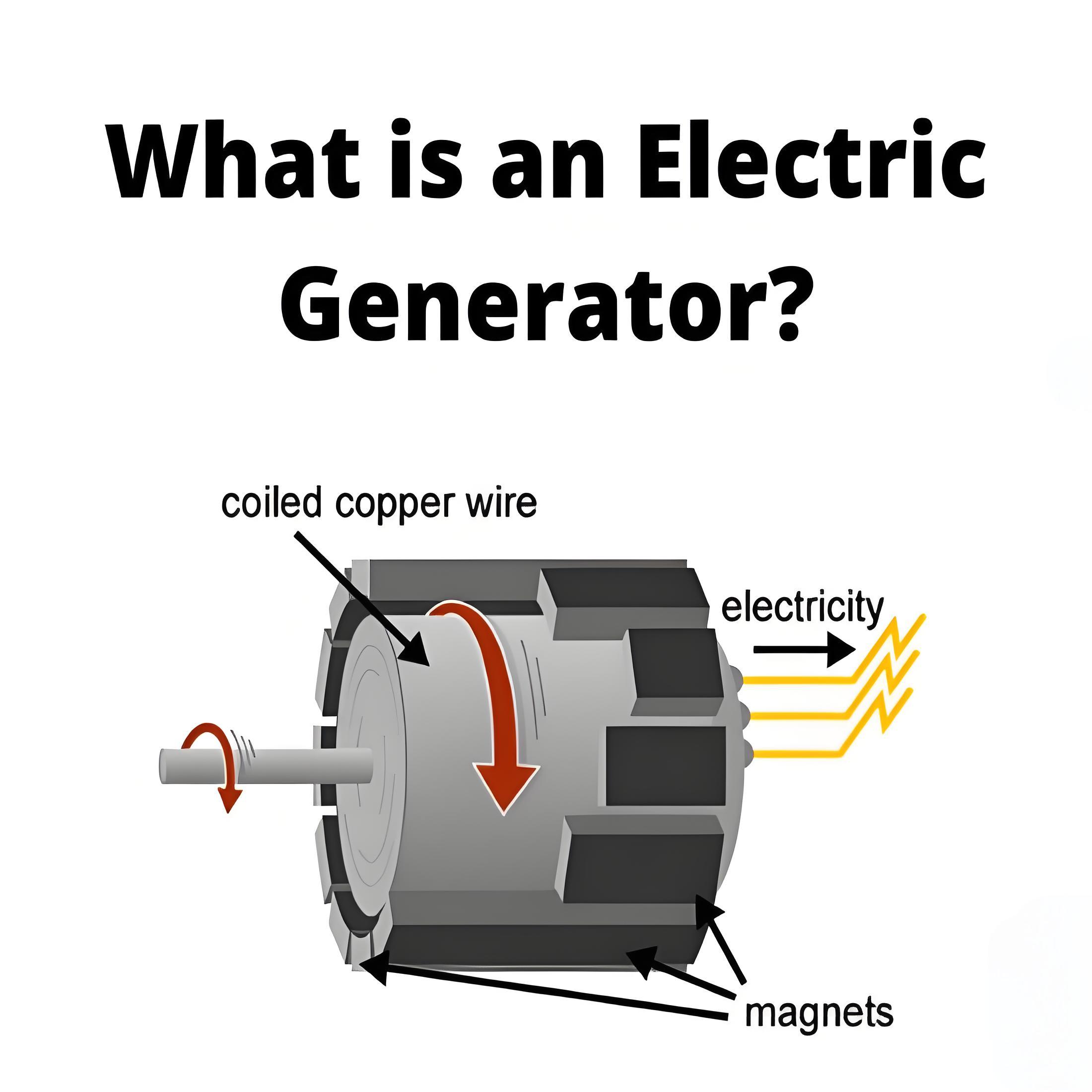What is an Armature ?
What is an Armature ?
Armature Definition
An armature is the component of electric machines that carries alternating current and interacts with a magnetic field, essential for both motors and generators.
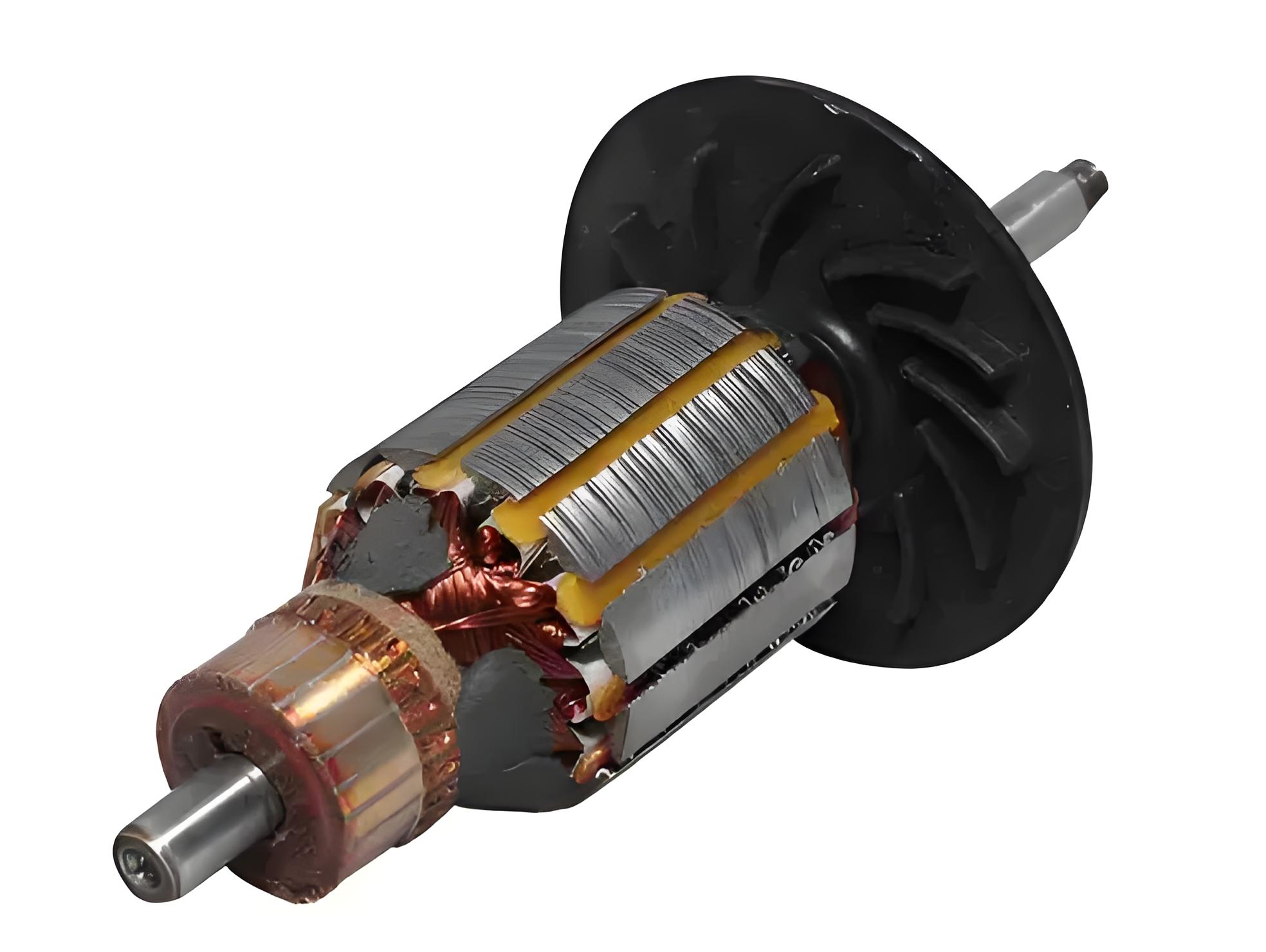
Motor Function
In motors, the armature converts electrical energy into mechanical energy, utilizing electromagnetic induction and rotational motion.
Generator Function
In generators, the armature transforms mechanical energy into electrical energy, driven by the motion within a magnetic field.
Key Parts
The main parts of an armature include the core, winding, commutator, and shaft, each integral to its function and performance.
Armature Losses
Copper loss
This is the power loss due to the resistance of the armature winding. It is proportional to the square of the armature current and can be reduced by using thicker wires or parallel paths. The copper loss can be calculated by using the formula:
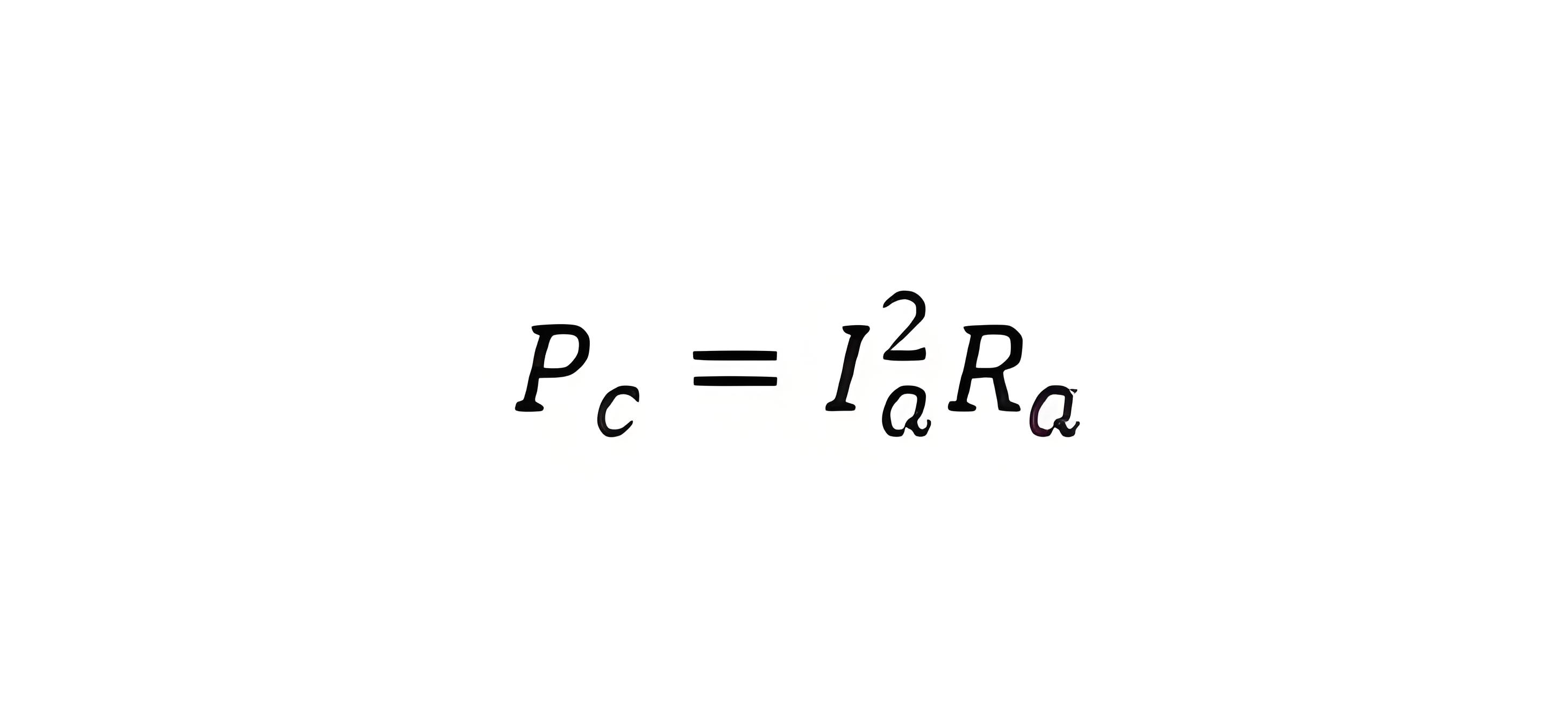
Eddy current loss
This is the power loss due to the induced currents in the core of the armature. These currents are caused by the changing magnetic flux and produce heat and magnetic losses. The eddy current loss can be reduced by using laminated core materials or increasing the air gap. The eddy current loss can be calculated by using the formula:

Hysteresis loss
This is the power loss due to the repeated magnetization and demagnetization of the core of the armature. This process causes friction and heat in the molecular structure of the core material. The hysteresis loss can be reduced by using soft magnetic materials with low coercivity and high permeability. The hysteresis loss can be calculated by using the formula:

Efficiency Factors
Armature design features like slot shape, winding type, and core material are pivotal in determining the efficiency and operational effectiveness of electric machines.
Conclusion
The armature, a vital component of electric machines, carries alternating current and engages with the magnetic field. Comprising a core, winding, commutator, and shaft, it functions either as a motor or a generator to convert energy forms.
The Electricity Encyclopedia is dedicated to accelerating the dissemination and application of electricity knowledge and adding impetus to the development and innovation of the electricity industry.
